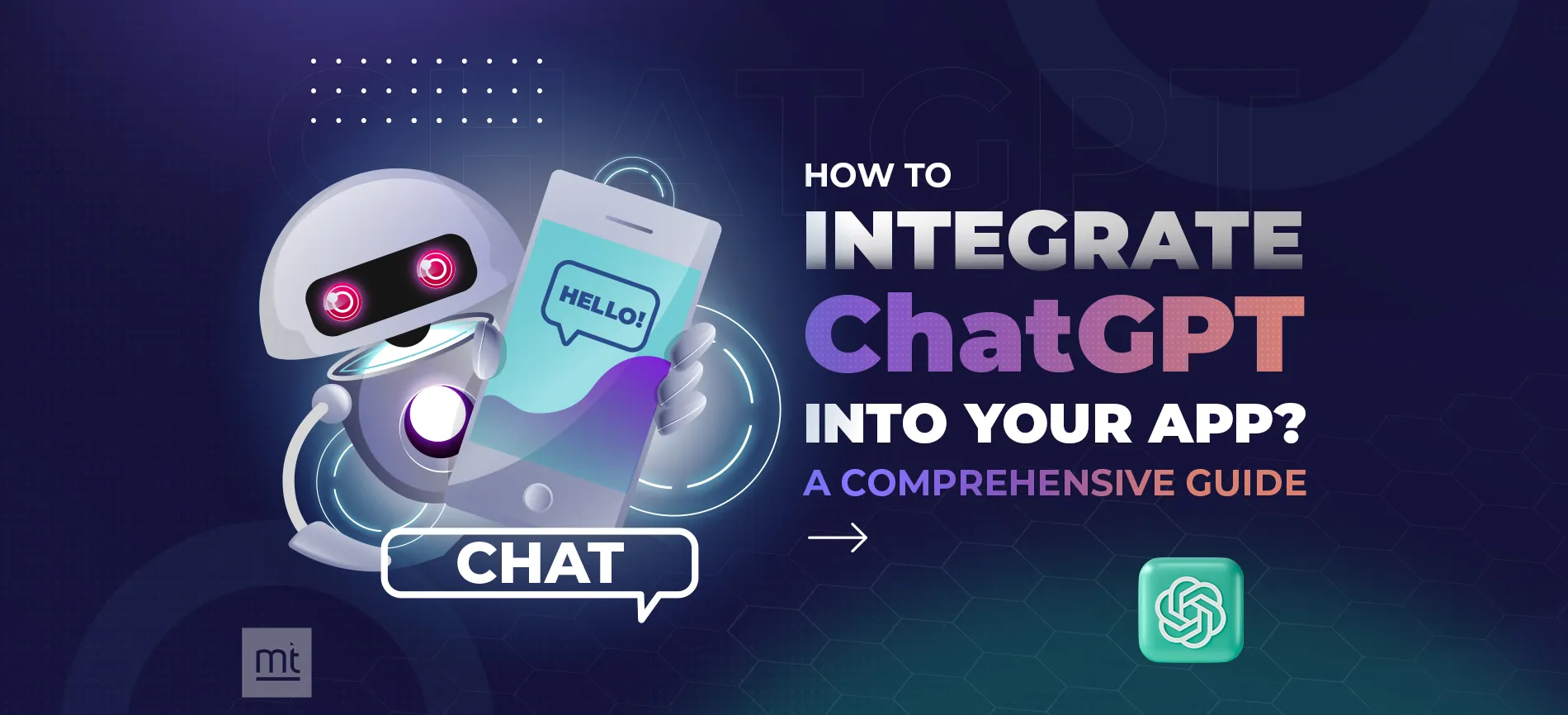In 2025, businesses are no longer asking whether to use AI — they’re asking how fast they can integrate it. One of the most transformative AI tools leading this revolution is ChatGPT, known for its ability to understand human language and respond intelligently. But what makes ChatGPT truly valuable isn’t just the technology — it’s how seamlessly you can integrate ChatGPT website capabilities to automate communication, improve user engagement, and boost conversions.
If you’ve been wondering how to bring this next-level conversational AI into your business ecosystem, this complete guide breaks it all down — from benefits and use cases to the practical steps for a smooth setup.
Why ChatGPT Integration Is Changing the Game
Think back to traditional chatbots – tight scripts, complicated loops, and unimaginative responses. Customers now anticipate conversations that are organic and human-like. That’s where ChatGPT integration completely transforms the experience.
By embedding ChatGPT directly into your digital platform, you can give users an AI assistant that responds to inquiries, provides tailored suggestions, and even helps with challenging tasks in real time.
Without human constraints like working hours or exhaustion, a ChatGPT-powered chatbot can deliver the instant, user-friendly service that customers expect from eCommerce sites, SaaS platforms, and healthcare portals.
The Business Value of ChatGPT Integration
Integrating ChatGPT into your business workflow isn’t just about automating replies — it’s about redefining customer communication. Here’s why companies are rapidly embracing it:
1. 24/7 Support That Feels Personal
ChatGPT doesn’t take breaks or holidays. Your customers get instant, accurate answers around the clock. And because it’s trained to understand tone and context, interactions feel natural — not robotic.
2. Cost Efficiency
Hiring and training a full-time customer support team is expensive. With ChatGPT API for business, you can automate repetitive tasks and let human agents focus on complex or high-value interactions.
3. Higher Engagement and Conversions
AI chatbots organically upsell, offer product recommendations, and assist users. Personalized, real-time responses have resulted in major boosts to conversion rates for businesses using ChatGPT.
💡 Tip: To learn how companies are achieving this, check out Intelvue’s article on how AI chatbots like ChatGPT are transforming businesses.
4. Scalability Without Limits
Whether you’re handling 100 or 10,000 conversations, ChatGPT scales effortlessly without compromising quality.
5. Smarter Insights
Every interaction gives you data-driven insights into customer behavior, helping refine your marketing and product strategies.
Real-World Use Cases of ChatGPT Integration
Let’s explore how various industries are already benefiting from ChatGPT integration:
E-Commerce: ChatGPT-powered assistants guide users, recommend products, and manage post-purchase queries.
SaaS and B2B: Through ChatGPT API for business, startups automate onboarding, explain features, and reduce support costs.
Customer Support Centers: Integrating ChatGPT with CRMs like Zendesk or HubSpot enables hybrid support — AI handles FAQs while agents manage escalations.
Education: Learning platforms use ChatGPT to personalize study support and improve retention.
Healthcare: Hospitals and telemedicine apps employ ChatGPT to handle scheduling, FAQs, and patient triage — all while maintaining compliance.
For more inspiration, see how companies are using conversational AI chatbots to elevate customer experience.
How to Integrate ChatGPT into Your Website or App
Here’s a simple breakdown of how to integrate ChatGPT website functionality effectively:
Define Your Use Case — Identify goals: support, lead generation, or onboarding.
Choose the Right Model — Use the latest GPT version for accuracy and contextual understanding.
Get API Access — Obtain your key from OpenAI to enable ChatGPT API for business.
Develop the Chat Interface — Design a clean, mobile-friendly UI for users.
Set Up Backend Logic — Connect your server to OpenAI’s API for real-time data exchange.
Fine-Tune (Optional) — Train the bot using your company’s data for domain-specific accuracy.
Test and Launch — Run pilot tests before full deployment.
Best Practices for Successful ChatGPT Integration
Humanize the Conversation — Keep tone friendly, clear, and brand-aligned.
Provide a Fallback Option — Always allow users to reach a live agent.
Ensure Data Privacy — Follow GDPR and other compliance regulations.
Monitor and Optimize — Use analytics to improve responses and performance over time.
Benefits of Integrating ChatGPT Website Features
Integrating ChatGPT doesn’t just add convenience — it adds intelligence to your platform:
Faster Lead Capture through real-time qualification.
Improved SEO via longer on-site engagement.
Stronger User Retention due to quick and relevant responses.
Consistent Brand Tone across every customer touchpoint.
Future of ChatGPT Integration in 2025 and Beyond
We’re still in the early stages of ChatGPT’s potential. Future updates will bring advanced multimodal AI capable of handling voice, image, and video-based interactions. Businesses that adopt ChatGPT integration early will gain a serious edge with more intuitive and personalized digital experiences.
Final Thoughts
Integrating ChatGPT isn’t just a tech trend — it’s a communication revolution. By combining automation with empathy, your brand can connect with customers on a whole new level.
Whether you’re a small startup or a large enterprise, using ChatGPT API for business can help you scale efficiently while maintaining human-like engagement.
Start small, experiment, and grow — because the future of customer experience belongs to those who integrate ChatGPT website features today.
